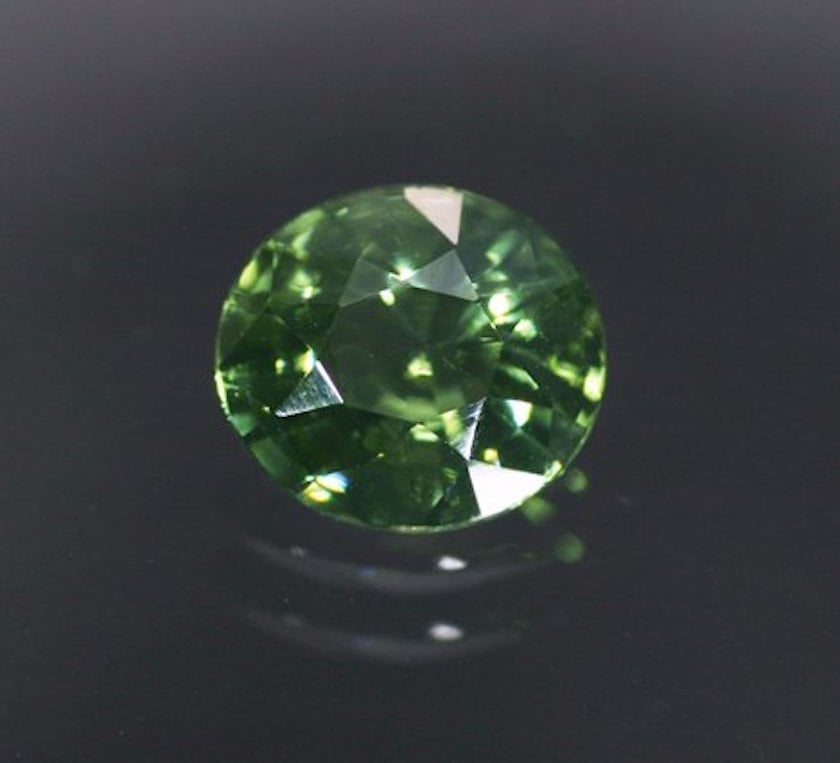Zircon Sources
Zircons occur in many locations all over the world. Learn which zircon sources produce the most notable gem-quality stones.
5 Minute Read
Australia
Over an estimated third of the zircons mined annually (gem-quality and non-gem quality combined) come from Australia. Much of the gem-quality material comes from three locations with alluvial deposits of alkaline basalt: New South Wales, Queensland, and Tasmania. Located in the Northern Territory, the Mud Tank Zircon Field gets its name from its deposits of typically brownish or colorless zircons. All these Australian zircon sources yield gems with earthy hues, such as brown, red, and yellow.
Some Australian zircons may also show a “cat’s eye” effect. Known as chatoyancy, this optical phenomenon results from long parallel inclusions. When a lapidary cuts one of these included zircons into a cabochon, you can see a distinctive “cat’s eye” on the gem’s curved surface.
Australia has also famously produced the oldest zircon crystals on Earth. At 4.404 billion years old, these are the oldest known minerals on Earth. However, these ancient specimens
…Emily Frontiere
Emily Frontiere is a GIA Graduate Gemologist. She is particularly experienced working with estate/antique jewelry.
Related Articles
Tenth Anniversary Gift Guide: Diamond
Zircon Heat Treatment
Evolution of the Pigeon’s Blood Ruby Color Grade
Cutting a 294-ct Trilliant Morganite: An Interview with Steve Moriarty
Latest Articles
Is a Lab-Created Emerald a Real Emerald?
Spectrolite Gem Cutting Advice
Phosgenite Value, Price, and Jewelry Information
Ten Big, Beautiful, and Affordable Engagement Ring Stones
Never Stop Learning
When you join the IGS community, you get trusted diamond & gemstone information when you need it.
Get Gemology Insights
Get started with the International Gem Society’s free guide to gemstone identification. Join our weekly newsletter & get a free copy of the Gem ID Checklist!
